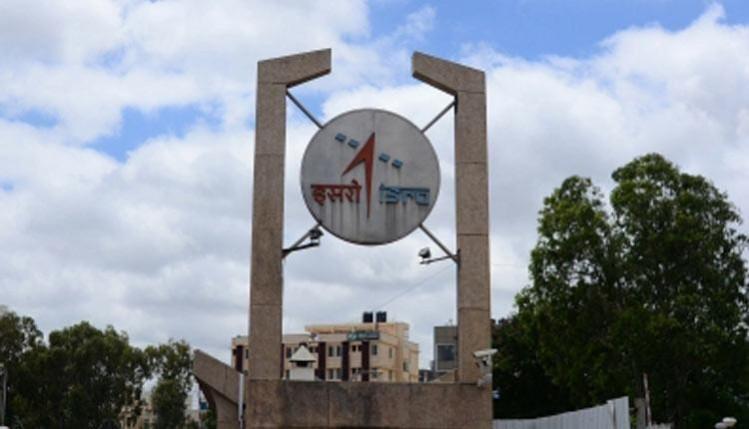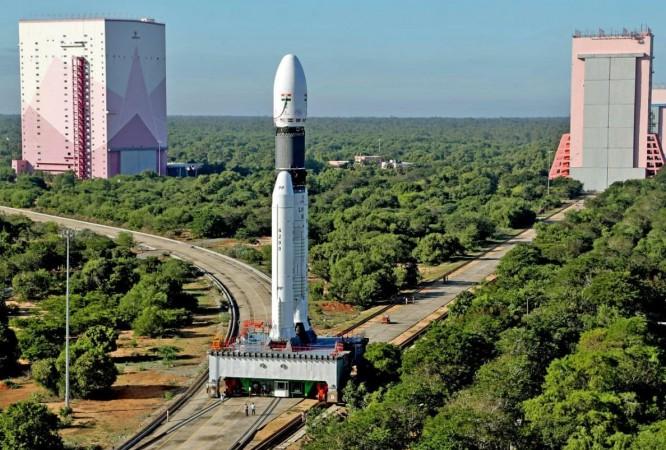The Indian Space Research Organisation (ISRO) and the Indian Navy carried out initial recovery trials of the crew module as a part of the former's human space mission tests.
According to ISRO, the crew module initial recovery trials were done at the Water Survival Test Facility of the Indian Navy in Kochi on Tuesday.
The trials were part of the preparation for crew module recovery operations for the Gaganyaan/human space mission that will be carried out in Indian waters with the participation of government agencies, the overall recovery operations being led by Indian Navy, ISRO said.
A Crew Module Recovery Model (CMRM) that simulates the mass, centre of gravity, outer dimensions, and externals of the actual crew module at touchdown was used for the trials. The sequence of operations required for the recovery of the crew module were carried out as part of the trials.

As the safe recovery of the crew is the final step to be accomplished for any successful human spaceflight, it is of paramount importance and it has to be carried out with the minimum lapse of time. Hence the recovery procedures for various scenarios need to be extensively practiced by carrying out a large number of trials.
The Standard Operating Procedures (SoPs) for recovery of crew and the crew module need to be finalised. The recovery trials will be initially carried out in a closed pool followed by trials in a harbour and in the open sea.
Different phases of recovery trials starting with the recovery of the crew module to the flight crew training are planned at the Kochi facility.
The Water Survival Test Facility is a state-of-the-art facility of the Indian Navy that provides realistic training of aircrew for escape from a ditched aircraft under varied simulated conditions and crash scenarios. The facility simulates different sea state conditions, environmental conditions, and day/night conditions.

These trials assist in validating the SoPs, and training recovery teams as well as the flight crew. They provide valuable inputs for the utilization of recovery accessories. The feedback from the recovery team/trainers helps improve the recovery operations SoP, design various recovery accessories, and finalize the training plan.
ISRO has also successfully carried out the first throttling demonstration hot test of the Vikas engine to enable booster stage recovery in future launch vehicle configurations.
The Vikas engine with a nominal thrust of 80t is powering the second stages of ISRO's rockets PSLV, GSLV, liquid strap-on motors of GSLV and the core liquid stage of LVM3.
(With inputs from IANS)














